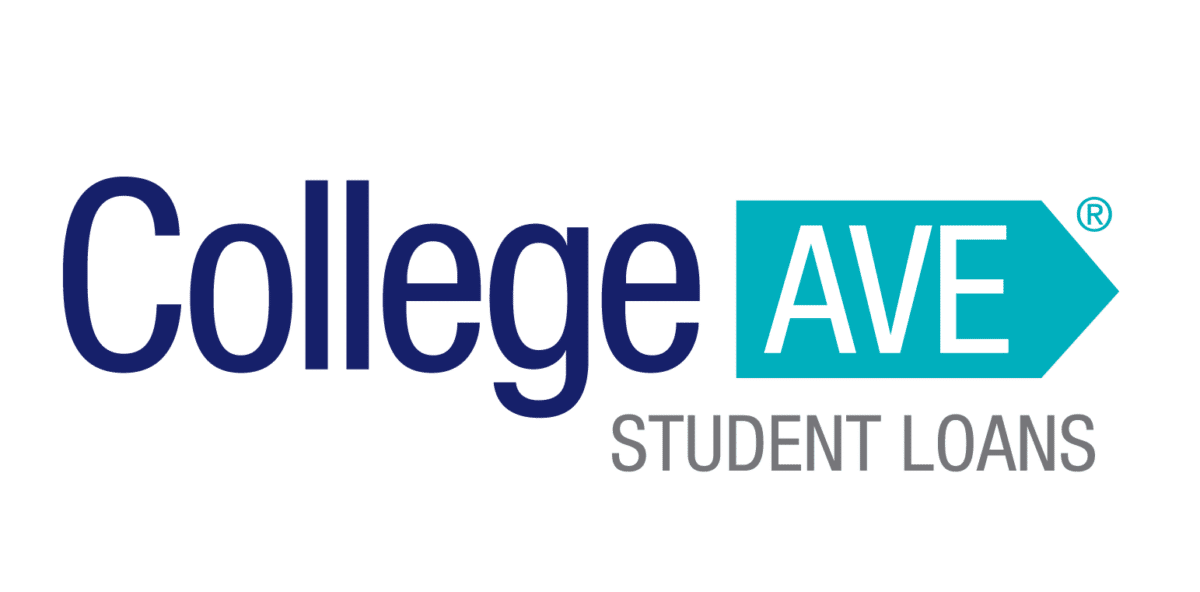
If you’ve decided to pursue a college degree, one of the biggest decisions you’ll make is how to pay for your education. One way to fund your schooling is through financial aid, and there are several types of aid for college students.
Two financial aid options are grants and scholarships, which are considered gift aid that doesn’t need to be repaid. Keep reading to learn the difference between a grant vs. scholarship, your other aid options, and resources to find grants and scholarships.
What’s the difference between a grant and a scholarship?
Few college students make it through school without taking advantage of some type of financial aid. Here’s what you need to know about each grant and scholarship options.
Grants
In most cases, grants don’t require repayment, but there are exceptions. For example, if you withdraw from school or don’t complete your grant service obligations, you might have to repay grant awards. Federal grants are the most common grants available, but there are also grants available through your state, school, or private and nonprofit organizations.
Many federal grants are need-based, determined by your FAFSA form. Grants typically have additional eligibility requirements, and often requires an education or service obligation.
Here’s a look at four popular federal grant programs:
- Federal Pell Grants. These grants are for undergraduate students who demonstrate financial need. It’s specifically for students who haven’t earned a bachelor’s, graduate, or professional degree yet. Pell Grants can provide up to $6,345 in financial aid for the 2020-2021 award year.
- Federal Supplemental Educational Opportunity Grants (FSEOG). This is another grant specific to undergraduate students without a bachelor’s or graduate degree. It provides up to $4,000 in aid a year.
- Iraq and Afghanistan Service Grants. Students, who’ve had a parent or guardian die while serving in the U.S. armed forces in Iraq or Afghanistan after the events of 9/11, can apply for this grant. Other stipulations apply, and up to $5,829.50 was available for grants first disbursed on or after Oct. 1, 2019, and before Oct. 1, 2020.
- Teacher Education Assistance for College and Higher Education (TEACH) Grants. This grant is for select students enrolled in programs designed to prepare them to teach in a high-need field at the elementary or secondary school level. TEACH grants come with a service agreement and other requirements. They were available for up to $3,764 for grants first disbursed on or after Oct. 1, 2019, and before Oct. 1, 2020.
If you’ve already finished school, there might be grants to pay off your student loans faster.
Scholarships
Scholarships are another type of financial aid that you don’t need to repay. The good news is there are thousands of scholarships available for almost anyone. There are several types of scholarships, but most of them fall into the following categories:
- Merit-based
- Athletic
- Need-based
- Group-based
- Career-based
You might qualify for specific scholarships based on your grades or other academic achievements. Many scholarships are geared toward specific groups like women, minorities, military families, and a host of other groups.
Scholarship amounts vary from a hundred dollars up to your entire tuition amount. They can also be a one-time award or an ongoing award as you continue your education. Scholarships are offered by various individuals and groups like schools, private companies, local groups, religious groups, various organizations and more.
Check out our other articles for more information on scholarships:
- 6 Impressive Medical School Scholarships You Don’t Want to Miss
- 12 Best Graduate School Scholarship Sites to Find Extra Cash
Getting grants and scholarships by filling out the FAFSA
The first step to receiving federal aid (of any type) is by filling out the Free Application for Federal Student Aid (FAFSA). The FAFSA informs colleges about your financial need and how much aid you’re eligible to receive. It must be completed and submitted by the deadline the year before you plan to attend school.
As you move through the FAFSA process, you’ll receive a financial aid package from the school you plan to attend. That package might include federal and state grant options but might also include other financial aid options you qualify for.
Many scholarship applications also request information from your FAFSA when you apply which is why submitting your FAFSA is an important step in getting public or privately sponsored scholarships.
There’s no cost to fill out the FAFSA, and it could lead to free money and other options to pay for your education. To be eligible for aid each year, you’ll need to reapply annually.
Resources to find grant and scholarships
To find grant and scholarship money for college, invest time researching available options you might qualify for. Here are some other places to look for grants and scholarships:
- Your employer or parents’ employers
- Your school’s financial aid office
- Local businesses, civic and community groups
- Religious organizations
- Professional associations
- Ethnicity-based organizations
- Your state’s grant agency
- The U.S. Department of Labor’s FREE scholarship search tool
- College Board's scholarship database
- Fastweb
You can also create a CSS Profile through College Board to gain access to other scholarships. When researching grants and scholarships, pay attention to any requirement, award amounts, and deadlines to apply. Note any details about award dates how you’ll be notified if you’re awarded a grant or scholarship.
Other types of financial aid to consider
Grants and scholarships are just a couple of financial aid types you might qualify for. Other commonly used financial aid options include work-study and student loans. Depending on the type of aid you accept, you might need to repay certain financial aid after graduating.
Here’s how these two aid options work.
Work-study jobs
Another way to pay for school is through the Federal Work-Study program. This financial aid type allows you to earn money to pay for school through part-time work. Work can be on-campus or off-campus and is available to both part-time and full-time students.
You can check with your school’s financial aid office to see if it participates in the Federal Work-Study program. Employment is typically geared towards your area of study or civic education. All work-study jobs pay at least minimum wage but could pay higher depending on the specific role and your skillset.
Student loans
Student loans are a common financial aid received by college students. It’s also the type of aid that requires repayment. Student loans work like other types of loans. You borrow money, either from the federal government or a private lender, to pay for school. Every student loan comes with agreed-upon terms and interest rates.
Federal student loans don’t require a credit check. Interest rates are set by the government each year and are fixed for the life of the loan. Federal loans also come with access to protections like income-driven repayment plans and loan forgiveness programs that help make your debt more manageable.
Private student loans
Private student loans also have fixed rates, but are based on the borrower’s creditworthiness and other factors. You can refinance your student loans — both federal and private loans — to potentially cut thousands of dollars off of your student loan debt. Keep in mind that refinancing a federal loan turns it into a private loan, and you’ll lose access to federal benefits.
All of the aforementioned financial aid options can help you pay for school, but grants and scholarships are your best bet for gift awards that don’t need to be repaid or earned.
| Lender Name | Lender | Offer | Learn more |
|---|---|---|---|
| Sallie Mae |

|
Competitive interest rates.
|
Fixed 4.50 - 15.69%
Variable 6.37 - 16.78%
|
| Earnest |

|
Check eligibility in two minutes.
|
Fixed 4.67 - 16.15%
Variable 5.87 - 18.51%
|
| Ascent |

|
Large autopay discounts.
|
Fixed 4.09 - 14.89%
Variable 6.22 - 15.20%
|
| College Ave |

|
Flexible repayment options.
|
Fixed 4.07 - 15.48%
Variable 5.59 - 16.69%
|
